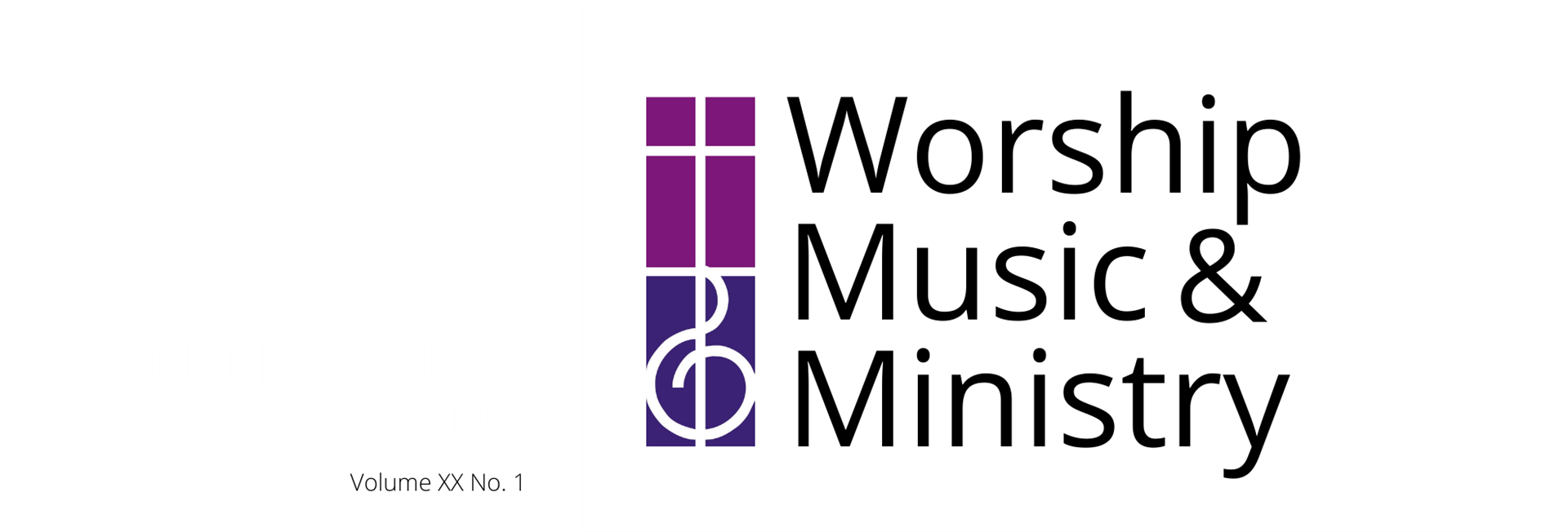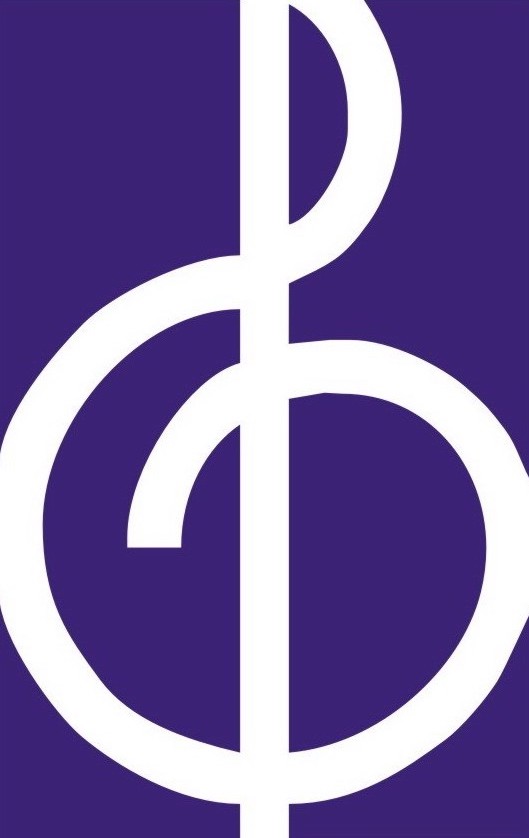Carols for EasterRobert M. Copeland Like most choir directors, you occasionally have problems filling your choir's repertoire for Easter. Perhaps you've noticed the sameness and shallowness of some Easter hymns and anthems and have longed for music similar to Christmas carols—simple and appealing music that can readily involve many people. If so, this may be the year you should try Easter carols—songs like "My Dancing Day" or "Easter Eggs." Singing Easter carols can expand your choir's repertoire and horizons into a new and significant area. What Is a Carol?When most people use the word carol today, they refer to a strophic song associated with Christmas. However, this definition is both too broad (encompassing everything from "The Coventry Carol" to "Silent Night" to "Rudolph, the Red-Nosed Reindeer") and too narrow (in subject). Carols, it seems, are as hard to define as they are fun to sing. We usually think of them as "religious" songs, but some medieval carols are romantic, humorous, satirical, political, or convivial. We also consider them "popular" songs, but not in the same sense that folk songs are popular. Carols were often written by educated men and women who aimed to provide attractive and instructive pieces. These were neither true folk songs nor hymns intended for the liturgy; instead, they corresponded roughly to some of today's "Contemporary Christian" hits. In contrast to medieval hymns, which were doctrinal and contemplative, these popular carols showed tender compassion for real people's poverty, pain, and emotions. In the Middle Ages, the one indispensable element of a carol was its literary structure: the carols had uniform stanzas and a "burden," a refrain sung at the beginning of each song and after each stanza. A familiar example of a song with a burden is "All Things Bright and Beautiful." In the oldest carols, the stanza was sung by soloists, the refrain probably by a larger group. In the polyphonic carols of the fifteenth century, we often find two refrains: one for soloists, the other for a chorus. Today this stanza-refrain structure makes it possible for the audience or congregation to join the choir in music-making: the choir sings the stanzas, and the larger group the refrain. However, this stanza-refrain structure, although still present in many carols in later centuries, was no longer considered essential to the genre. Gradually the term carol took on a broader meaning. The Uses of CarolsUnderstanding how carols were used in previous centuries can help us discover their appropriate use today. The carol came to England from France, where a carole was a song to accompany a round dance (which accounts for medieval carols' lively, generally triple-meter character). However, carols were sometimes associated simply with festive occasions, such as banquets, by the later fourteenth century. During this same period, Franciscan friars fostered the development of popular songs which taught spiritual truths and encouraged virtue. In addition, these religious leaders often wrote new words for the day's popular songs (frequently carols). Thus, the early "religious" carols had an educational purpose and generally were not associated with public worship. Instead, many carols were sung as "household music" in palaces and wealthy homes for devotional use or nonreligious ceremonies such as New Year's feasts. However, scholars have found evidence that some of these carols may have been used in the liturgy by the fifteenth century, usually as processionals that replaced the Latin processional hymns. (Some still would serve well as processionals today.) During the Christmas season today, carols are usually used informally—either in homes or in caroling parties to neighbors and shut-ins. But in many churches and schools, a "Ceremony of Lessons and Carols," a service that intersperses carols and anthems with appropriate Bible readings, has become a popular special event. Carols are suitable whenever an edifying "contemporary Christian" song is appropriate. For example, in the appendix to The English Carol (pp. 235-55), Erik Routley includes an order for a service of lessons and carols for Lent (which could be adapted or expanded) and suggestions for an Easter service. Usable CarolsHymnals are one source for Easter carols. Two examples included in many recent hymnals are "This Joyful Eastertide" and "O Sons and Daughters of the King" (see pp. 232 and 244 in The New Century Hymnal). In addition to hymnals, the choir director searching for carols will find two books invaluable. The first, The Oxford Book of Carols (Oxford University Press, 1928; rev. 1964; we'll call it OxBC), contains nearly 200 carols for all occasions. The second, R. L. Greene's The Early English Carols, contains the texts (without tunes) of 474 carols. It may seem curious that very few old carols are specifically and only for Easter. However, many are appropriate for Lent and Passiontide as well as Easter. Even many Christmas carols include stanzas that deal with the crucifixion and the entire history of redemption. Perhaps the medieval friars who wrote those texts had a valuable insight that later generations have forgotten: the importance of a holistic view of the life and ministry of Jesus. Perhaps singing all eleven stanzas of "My Dancing Day" (OxBC #71), for example, or the nine stanzas of "All in the Morning" (OxBC #17) will help us remember that Christmas and Easter would be meaningless without each other. Several OxBC carols most appropriate for Easter have been arranged for choir by Alice Parker and Robert Shaw and published as octavos by G. Schirmer. These accessible and well-arranged carols include the following:
Another recommended octavo is "Polish Easter Carol," arranged by Mary E. Caldwell (H. W. Gray [Belwin-Mills], GCMR 2778). Also, if you have a competent choir, you may want to look at Gustav Holst's magnificent setting of "This Have I Done for My True Love" (the same text as "My Dancing Day"; available in the U.S. from Galaxy Music, 1.5080). Finally, a much shorter but also challenging carol is Max Bruch's setting of "Christus ist auferstanden" ("Jesus our Lord has risen") (Arista Music, AE 529), which would serve as an exciting fanfare or opening number. The best recent collection devoted entirely to carols for this season is The Easter Carol Book, edited by Mervyn Horder (London & Mainz: Schott, 1982; Edition Schott 12072). This collection's twenty-eight carols (in the modern sense) are all well-suited for group and informal singing and adaptable for choral performance. Songs of Jesus, by Salli Terri, is a set of nine lovely Flemish carols for an unaccompanied chorus of women's voices; handbells are optional (Lawson-Gould, LG)51799). All of the carols in this collection are appropriate for Easter; "Our Father" and "The Bells," both three-part canons, are also suitable for other occasions. The Easter carols include "The Last Supper," "The Death of Jesus," "The Song of Maria Magdalena," and "The Seven Days of the Week." Once you and your singers have sampled Easter carols, you'll probably want to branch out and use some of the wealth of carols for other occasions. OxBC includes a valuable list of "Carols Arranged for Use Throughout the Year." You may well find yourself consulting it often! Easter Eggs
Oxford Book of Carols #94. Traditional Russian Easter carol, "Dalalin, Dalalin po Yaichenku" in Rimsky-Korsakov's Russian National Songs, 1877. Translated by Percy Dearmer. Lessons and Carols for EasterThe following service ideas are adapted from The English Carol by Erik Routley (pp. 252-53). In addition to the music suggestions there and this article, see the lists prepared by Karen De Mol and Howard Slenk (pp. 28, 37). You could expand these ideas to form a complete service. PreludeProcessional hymn: Praise, My Soul, the King of Heaven Call to Worship: "The Crucified is risen from the dead. Alleluia! Tell it out among the nations that the Lord reigns. For we know that since Christ was raised from the dead, he cannot die again; death no longer has mastery over him. The death he died, he died to sin once for all; but the life he lives, he lives to God" (Rom. 6:9-10) Hymn: O Love, How Deep, How Broad, How High Prayers: (leading to the Lord's Prayer said in unison) First Lesson: Exodus 14:13-21 Carol or Hymn Second Lesson: John 20:11-19 Carol Third Lesson: Daniel 7:13-14 Carol Fourth Lesson: Hebrews 1:1-13 or 4:14-16; 5:1-10 Carol Prayer Recessional hymn Benediction Postlude ■ Robert Copeland was the Chairman of the Music Department and Director of Choral Activities at Geneva College in Beaver Falls, Pennsylvania. Reformed Worship 6 © December 1987 Worship Ministries of the Christian Reformed Church. Used by permission. | MUSIC DOWNLOADS By Mary Louise Bringle Tune By McKee Lyrics & Arr. Reverend Cliff Aerie By Tom Trenney By Jean Sibelius By Jean Sibelius Arr. WWL By Jean Sibelius Arr. WLW CROSSES This Celtic wheel cross is a form of Christian cross that emerged in Ireland, France and Great Britain in the Early Middle Ages. It became widespread through its use in the stone high crosses erected across the islands, especially in regions evangelized by Irish missionaries. This cross is not to be confused with a variation that was appropriated for use as a symbol of white supremacy. The symbol is vastly used by non-extremists in contexts such as Christianity, neo-Paganism, and Irish patriotism. |

.svg.png)

